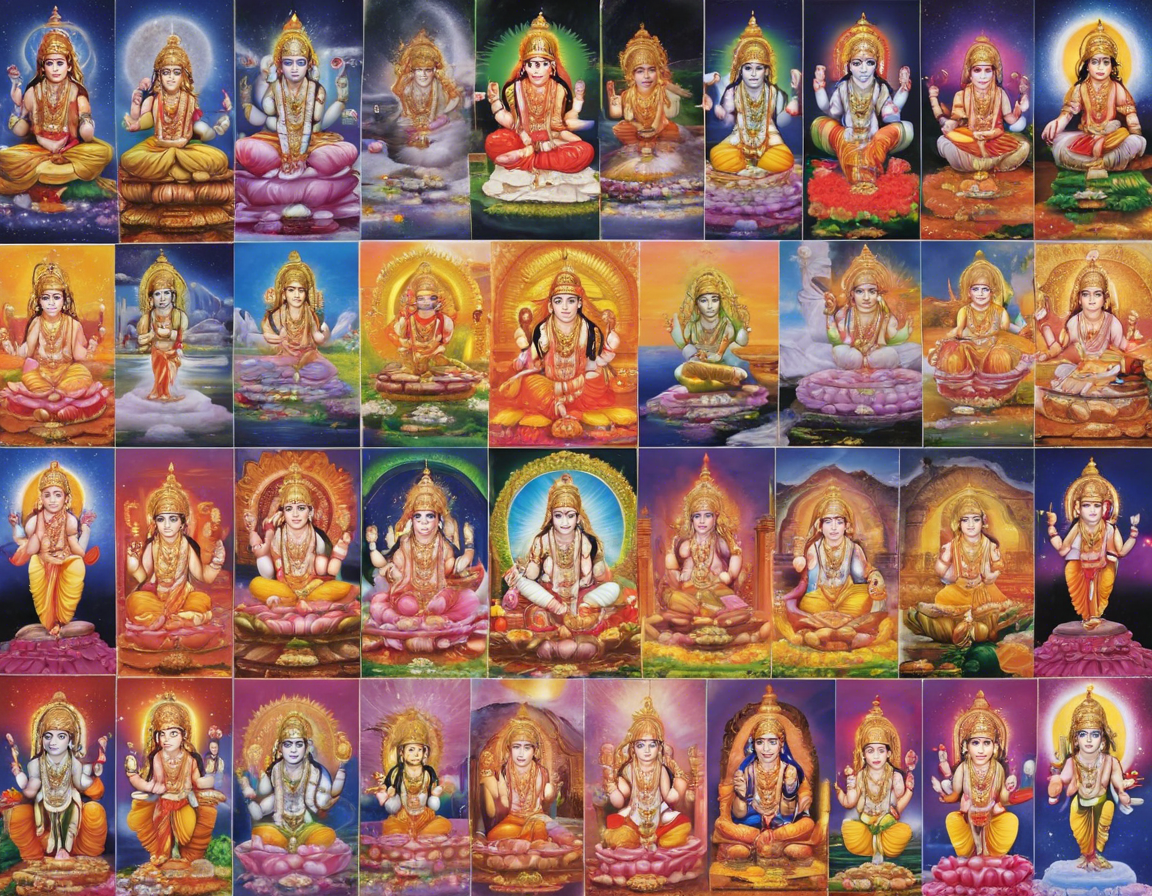Jyotirlingas are considered as the most sacred shrines for the followers of Lord Shiva in Hinduism. These are the 12 main temples dedicated to Lord Shiva, where he is worshipped in the form of a Jyotirlingam, a radiant light representing his ultimate reality. Pilgrimage to all these Jyotirlingas is considered highly auspicious and is believed to cleanse the devotee of all their sins. Let’s delve into the significance, locations, and legends associated with each of these 12 Jyotirlingas.
Introduction to Jyotirlingas
In Hindu mythology, a Jyotirlinga is described as the divine light of Lord Shiva, who is believed to be the destroyer and transformer among the Trimurti, the Hindu Trinity of the primary gods Brahma, Vishnu, and Shiva. Worshipping Jyotirlingas is considered to grant the devotee immense spiritual merit and blessings.
The 12 Jyotirlingas and Their Significance
-
Somnath Jyotirlinga
- Location: Prabhas Patan, Gujarat
- Significance: It is believed to be the first among the 12 Jyotirlingas and holds immense religious and historical importance.
-
Mallikarjuna Jyotirlinga
- Location: Srisailam, Andhra Pradesh
- Significance: The temple is situated on the Shri Shaila Mountain and is a revered site for devotees.
-
Mahakaleshwar Jyotirlinga
- Location: Ujjain, Madhya Pradesh
- Significance: It holds a special significance as it is believed to be the only temple where Lord Shiva is worshipped as a Swayambhu Linga, or self-manifested lingam.
-
Omkareshwar Jyotirlinga
- Location: Omkareshwar, Madhya Pradesh
- Significance: The island on which the temple is situated resembles the Om symbol when viewed from above, adding to its significance.
-
Kedarnath Jyotirlinga
- Location: Kedarnath, Uttarakhand
- Significance: Nestled amidst the snow-clad Himalayas, this Jyotirlinga holds immense mythological significance.
-
Bhimashankar Jyotirlinga
- Location: Pune, Maharashtra
- Significance: Surrounded by lush greenery and wildlife, this Jyotirlinga is a must-visit for nature enthusiasts.
-
Kashi Vishwanath Jyotirlinga
- Location: Varanasi, Uttar Pradesh
- Significance: Varanasi, also known as Kashi, is one of the oldest living cities in the world and holds immense religious significance.
-
Trimbakeshwar Jyotirlinga
- Location: Nashik, Maharashtra
- Significance: The temple is located near the source of the Godavari River and is known for its exceptional architecture.
-
Vaidyanath Jyotirlinga
- Location: Deoghar, Jharkhand
- Significance: This sacred shrine is believed to fulfill the desires of all those who visit it with reverence and devotion.
-
Nageshwar Jyotirlinga
- Location: Dwarka, Gujarat
- Significance: Situated near the Dwarkadheesh Temple, this Jyotirlinga is said to possess healing properties.
-
Rameshwar Jyotirlinga
- Location: Rameswaram, Tamil Nadu
- Significance: Set on an island, this Jyotirlinga is linked to the epic tale of Ramayana and is believed to absolve the devotees of their sins.
-
Grishneshwar Jyotirlinga
- Location: Ellora, Maharashtra
- Significance: This Jyotirlinga is situated near the famous Ellora Caves and is bestowed with immense religious significance.
Legends Associated with the 12 Jyotirlingas
Each of the Jyotirlingas is associated with unique legends and stories from Hindu mythology that highlight the significance of these sacred shrines. These stories not only reflect the divine nature of Lord Shiva but also underline the importance of devotion and faith in one’s spiritual journey.
FAQs on Jyotirlingas:
-
What is the significance of worshipping Jyotirlingas?
Worship of Jyotirlingas is believed to bestow immense blessings and spiritual merit upon the devotees, leading them on a path of spiritual growth and purification. -
Are there any specific rituals associated with visiting Jyotirlingas?
Devotees are advised to perform ablutions, offer prayers, and circumambulate the Jyotirlinga as part of the customary rituals when visiting these sacred shrines. -
Can women visit Jyotirlingas?
Yes, women are allowed to visit and worship at Jyotirlingas; there are no gender restrictions for devotees visiting these holy sites. -
Are there any specific days considered auspicious for visiting Jyotirlingas?
Maha Shivaratri, Pradosha, and Mondays are considered highly auspicious for visiting Jyotirlingas and seeking the blessings of Lord Shiva. -
What should one keep in mind while visiting the Jyotirlingas?
Visitors are advised to maintain the sanctity of the place, follow the rules and regulations of the temple, and engage in the worship with a pure and devoted heart. -
Can Jyotirlingas be worshipped at home?
While it is beneficial to visit the physical Jyotirlinga temples, devout followers can also install a Jyotirlinga at home and worship it with devotion and sincerity. -
Are there any specific mantras associated with each Jyotirlinga?
Yes, each Jyotirlinga has specific mantras and stotras dedicated to them, which devotees can chant to invoke the blessings of Lord Shiva. -
How can one plan a pilgrimage to all 12 Jyotirlingas?
Pilgrimage tours to the 12 Jyotirlingas are organized by various travel agencies and religious organizations, making it easier for devotees to embark on this sacred journey. -
What is the best time of the year to visit the Jyotirlingas?
The winter months, from October to March, are considered the best time to visit the Jyotirlingas, as the weather is pleasant for travel and temple visits. -
Are there any specific offerings that are preferred for each Jyotirlinga?
Offerings like Bilva leaves, flowers, milk, and bael fruit are considered auspicious for worshipping Lord Shiva at the Jyotirlingas.
In conclusion, the 12 Jyotirlingas represent the infinite and transcendental nature of Lord Shiva, and a pilgrimage to these sacred shrines is believed to cleanse the soul and grant spiritual liberation to the devotees. The legends and stories associated with each Jyotirlinga weave a rich tapestry of devotion and divine grace, inviting worshippers to embark on a transformative journey of faith and spirituality.


